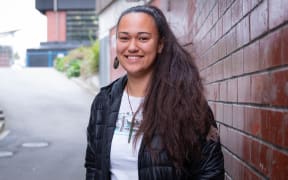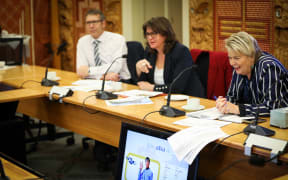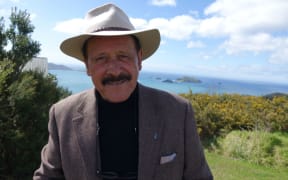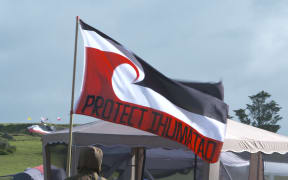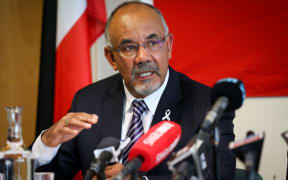More than two years on from when bilingual towns were first proposed, the small Kāpiti Coast town of Ōtaki is carving its own path to becoming reo rua.
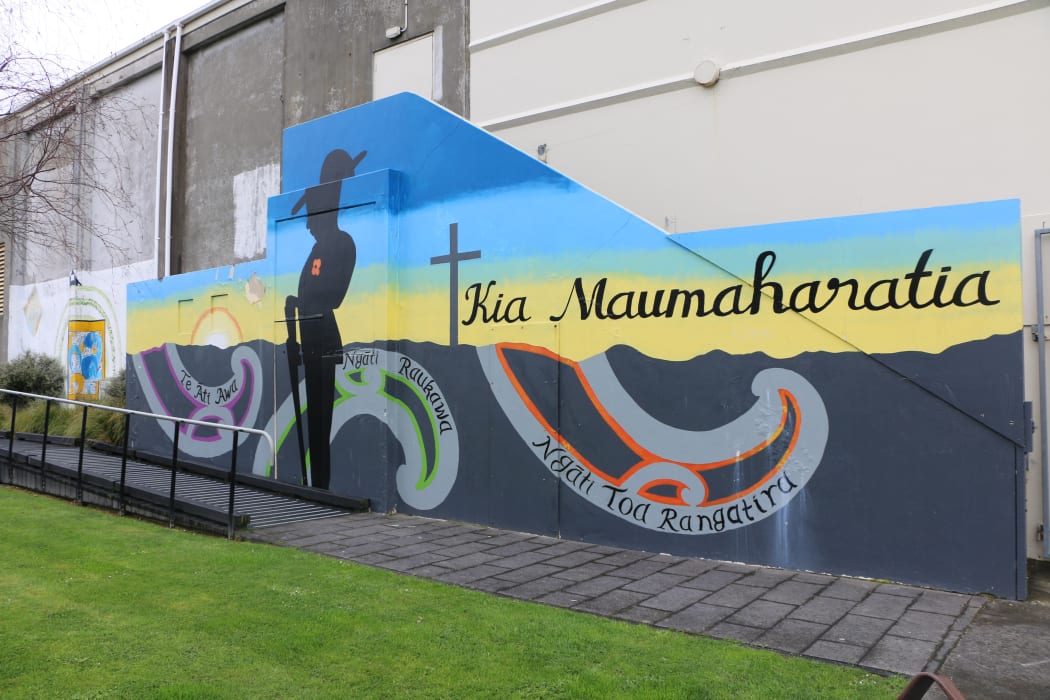
The small Kāpiti coast town of Ōtaki is already on its way to becoming bilingual, two years after it was first suggested the town should become reo rua. Photo: RNZ / Meriana Johnsen
The idea for bilingual towns was put forward by the then-Māori affairs Minister Te Ururoa Flavell] in May 2017.
He approached the mayors of Ōtaki, Rotorua and Wairoa - towns that already had a high percentage of te reo speakers.
Sixteen percent of people in Ōtaki speak te reo - and half of the Māori population of Ōtaki - both well-above the national averages, of 3 percent, and 20 percent respectively.
"The Māori culture is really dominant over here in Ōtaki, but that's a good thing as well because it's hard to find proud people of their reo," said Ian Kennedy Betman, who has lived in Ōtaki for the last year.
He has previously lived in Porirua and Tāmaki, but he said that Ōtaki was "the only place I could find te reo Māori spoken out in public and it's like, normal".
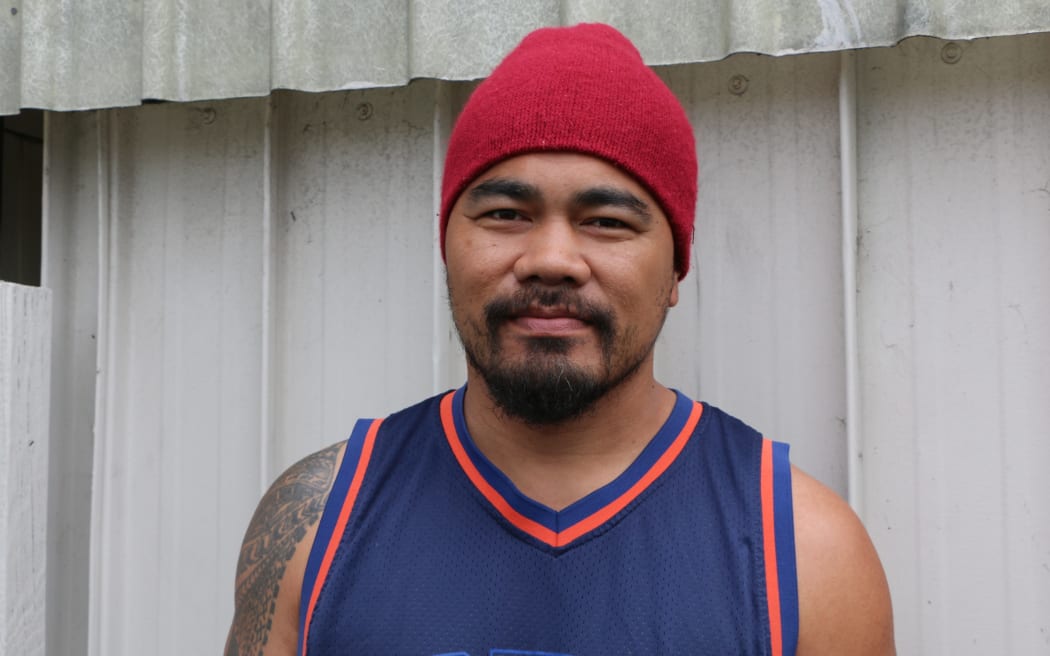
Ōtaki resident Ian Kennedy Betman says it was normal to hear te reo Māori being spoken in the town. Photo: RNZ / Meriana Johnsen
A wahine said: "We're from Rotorua, so coming here was like, 'wow', you know, [its] real strong eh, compared to Rotorua... this whole place is Māori, everything about it."
A kaumātua who grew up with te reo said: "A lot of the elders, or even the young ones, like the mothers, they speak Māori to their children and all that, and they answer back in Māori, so it's great."

According to the 2013 census, 33.4 per cent of the 5778 people who live in Ōtaki are Māori and over half of them can kōrero Māori. Photo: RNZ / Meriana Johnsen
The "thriving" reo in Ōtaki is all thanks to the four kōhanga reo, two kura kaupapa and wānanga in the tāone, Tumuaki o Te Wānanga o Raukawa, Mereana Selby said.
The local iwi - Ngāti Toa, Ngāti Raukawa and Te Atiawa - were almost "language dead", with no one under the age of 30 able to speak te reo in 1975.
Ms Selby said this was the catalyst for the three iwi to set up Te Wānanga o Raukawa, and in the 45 years since, they have completely turned those statistics around, with 50 per cent of the local population now speaking te reo Māori.
"We've still got a lot to do but the momentum is with us because the bulk of our speakers are in the younger generations, probably you would say, the under 40s or even the under 35s is where most of our speakers are, so that's exciting for us because we're now creating an intergenerational dynamic of speakers which was what was needed in order for the language to survive.
"You can walk around Ōtaki and you can ka tū kake koe i te reo Māori wherever you go, and it's not a big deal, and nobody gasps and stops in their track or anything like that. The language is alive in and around the community, on the sportsfield, in various cultural groups, on the main street, in the supermarket, in the butchershop - the language can be heard."
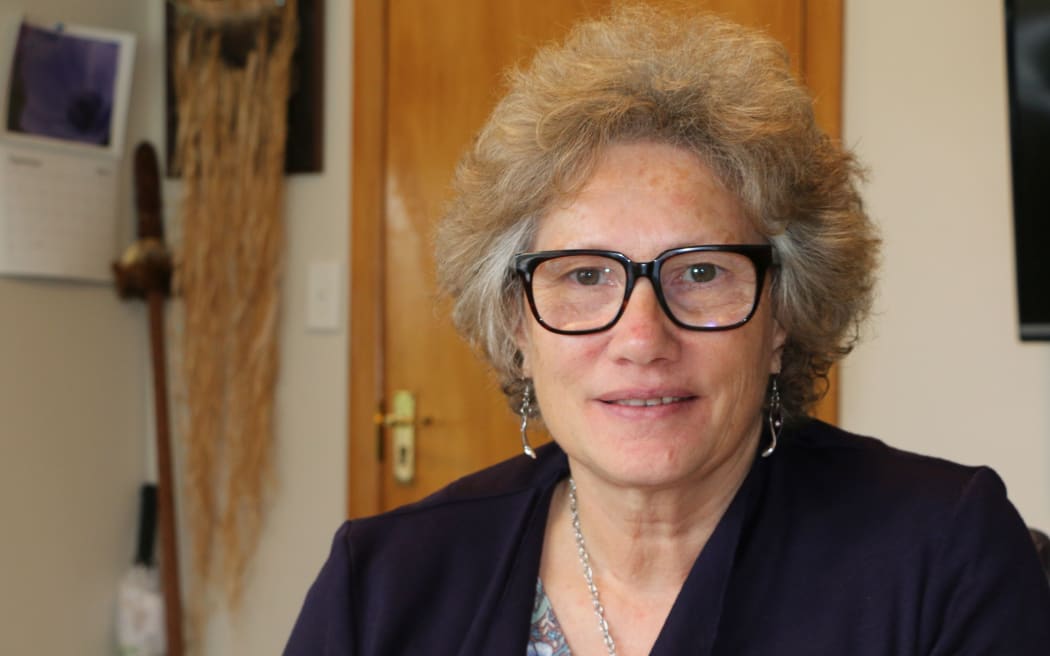
Mereana Selby says having a generation who can pass on te reo Māori to children is an important factor in keeping the language alive. Photo: RNZ / Meriana Johnsen
The government has set itself an ambitious plan to get 1 million New Zealanders speaking basic te reo by 2040, under its reo revitalisation strategy, Maihi Karauna, and to have 150,000 Māori speaking te reo as much as English by 2040.
But if the government wants to achieve this, Te Ururoa Flavell, who is now head of Māori education provider Te Wānanga o Aotearoa said there needs to be communities where reo is spoken regularly.
But in his town of Rotorua, one of the proposed bilingual cities, he hasn't seen a change.
"Despite the sort of aspiration for that, it hasn't really taken off, although there is a project team as far as I understand that are working on that, but that was two years ago, and hand on heart I can't really say that I've seen too much of a change in how Rotorua has presented as that bilingual city."
Minister for Māori Development and Local Government Nanaia Mahuta said bilingual towns remained an objective for her and the government. She believed cities like Rotorua were making progress.
"Part of the objective that I have as minister for Local Government is to find ways within, where we can encourage bilingual towns and cities. If I look at Rotorua, and some of their ambition in this space, South Waikato District, again [I'm] very encouraged."

